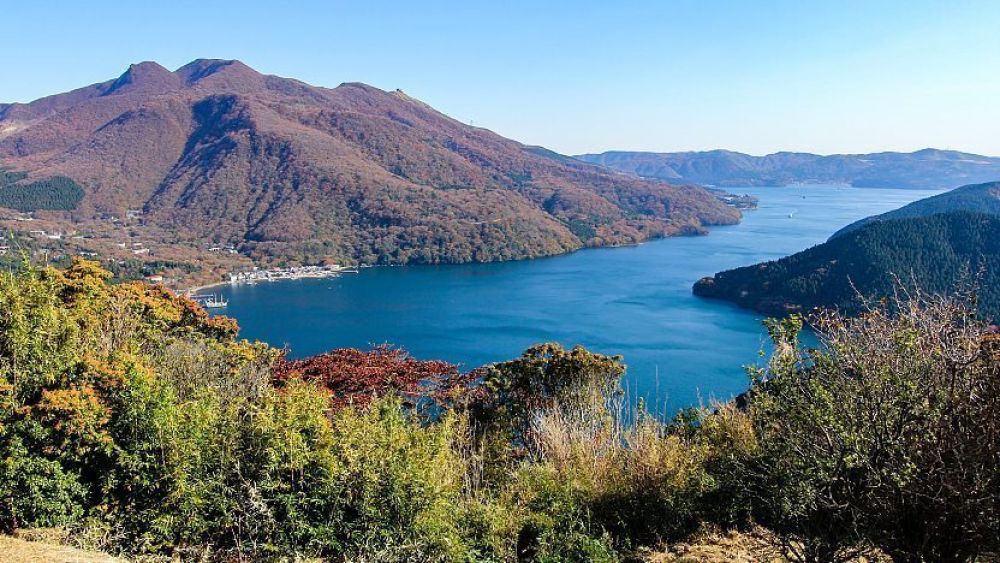

Lake Ashinoko, nestled in the Fuji-Hakone-Izu National Park, is a scenic destination that has been at the heart of Hakone's tourism for centuries. Known for its pristine waters and the majestic backdrop of Mount Fuji, this area's tourism history is deeply rooted in the Edo period (1603-1868). During this time, Hakoke was part of the Tokaido route where weary travelers would rest, rejuvenating in the nearby hot springs. Lake Ashinoko itself was formed approximately 3,000 years ago in the caldera of Mount Hakone after a volcanic eruption, and it has been a magnet for sightseers ever since.
During the Meiji Era (1868-1912), as Japan opened up to the outside world, Hakone and Lake Ashinoko attracted international visitors as well as domestic tourists. The development of transportation infrastructure, including the railway and cable cars, made the lake and its surrounding region more accessible to a broader audience, further fueling its popularity.
In the 20th century, with improved roads and an increase in private car ownership, Hakone's status as a weekend getaway for residents of Tokyo and Yokohama was solidified. Lake Ashinoko became especially famous for its hot springs, historical sites, and natural beauty, capturing the hearts of outdoor enthusiasts, history buffs, and relaxation seekers alike.
Over the decades, a variety of attractions have been developed around Lake Ashinoko, including the Hakone Shrine, with its iconic torii gate standing in the water, and a fleet of pirate-themed sightseeing ships that offer cruises to enjoy the surrounding scenery. Additionally, art museums and parks around the area also contribute to its cultural appeal.
In recent years, sustainable and eco-friendly tourism has become an emerging trend in the region. Efforts have been made to preserve the natural environment of Lake Ashinoko and its surroundings, ensuring that it can be enjoyed by future generations. One example is the restriction of gasoline-powered boats on the lake, reducing water pollution and helping to maintain the water clarity for which Ashinoko is renowned.
Another trend is the increase in experiential travel where visitors seek authentic local experiences. This includes hands-on activities like fishing, traditional Japanese craft making, and participating in cultural festivals. Furthermore, the demand for local cuisine and farm-to-table dining experiences has seen the growth of local eateries and restaurants offering fresh, regional produce.
Wellness and health-oriented tourism are also on the rise, with visitors flocking to Hakone for its therapeutic hot springs and spa resorts that offer a range of relaxation and health treatments in serene settings.
Lake Ashinoko continues to be a beloved destination that has evolved with the times while maintaining its rich heritage. Its blend of history, natural beauty, and modern attractions ensure that it remains a jewel in Hakone's tourism crown, offering something special for every kind of visitor. As tourism trends shift towards more sustainable and immersive experiences, Lake Ashinoko is well-positioned to continue offering memorable and responsible ways to enjoy its enchanting environment.